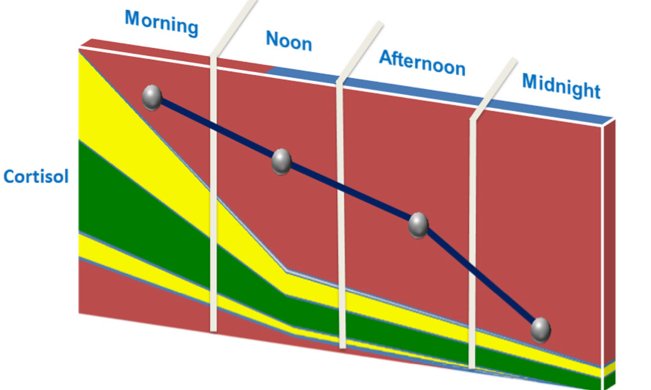Tools for your Adrenals
If you haven’t already read my previous blog about cortisol basics - please do that first!!
Disclaimer: The following information is NOT medical advice, but purely educational information. Please speak with the appropriate healthcare professional prior to attempting any intervention.
Cortisol, a hormone produced by our adrenals, serves as a valuable marker for assessing stress and managing HPA-axis dysfunction. The signs and symptoms detailed in the mentioned blog provide significant insights. However, it's important to note a considerable amount of overlap. In most cases, our preference is to test rather than guess, as laboratory results play a pivotal role. It's crucial to emphasize that treatment is not solely based on labs; even if results appear "normal," if you still feel unwell, we must consider symptoms, signs, lab results, and goals collectively. This underscores the importance of collaborating with a functional or integrative practitioner, such as myself, to tailor appropriate care.
A Typical Cortisol Pattern
So what’s normal cortisol for most individuals? Peak cortisol should be in the morning, as it begins to naturally rise around 3AM and continues to help you wake up naturally. The cortisol amount remains increasing 30-45 minutes after waking. This is known as the Cortisol Awakening Response, "CAR”. After this peak, levels slowly decline throughout the day, with midnight being the lowest.
Abnormal Patterns:
High Morning Cortisol
Morning cortisol should be elevated! In this case, but there can be such a thing as abnormally elevated levels.
Considerations:
Acute coronary syndrome
Distressed/depressed personalities
Elevated Midday and/or high levels throughout the entirety of the day
Considerations:
Recent surgery, illness, infection, or longer period of sleep deprivation
Alcoholism
Hormone replacement therapy
5-HTP supplementation
Cushings Syndrome
Excessive caffeine intake
Hyperthryoidism
High Evening Cortisol
Considerations:
Older age
Low morning and flattened cortisol throughout the entirety of the day
Considerations:
PTSD
Coronary calcification risk
Athletic overtraining
Recent aspirin intake
Adverse childhood experiences
Addison’s
Stages
We can further utilize lab interpretations and compare it to Selye’s General Adaptation Syndrome, GAS, model.
Stage 1: Alarm - and Alert!
Cortisol increase with stressors, high neurotransmitters possibly asymptomatic
Stage 2: Wired & Tired
Cortisol is elevated and low neurotransmitter action
Stage 3: Resistance (no rest)
Cortisol increase, DHEA declines, mood swings & anxiety attacks
Stage 4: Exhaustion
Low cortisol and low DHEA, depressed, exhausted
Interventions:
Generalized:
Maintain regular blood sugar levels
Get adequate B-vitamins, Vitamin D, magnesium, zinc, and fatty acids.
Fuel for your type of exercise!
Ensure adequate rest
Vagus Nerve Exercises:
Humming
Gargling
Massaging sides of neck
EFT tapping
Nasal breathing
Diaphragmatic breathing
Specific Stage Intervention:
Stage 1:
Ashwagandha
L-theanine
5-HTP
Valerian root
Rehmannia
Schisandra
Polygala
Stage 2-3:
Ashwagandha
Rhodiola
Cordyceps
St. John’s wort
Phosphatidylserine
Stage 3:
Licorice
Rehmannia
Cordyceps
Asian gingseng
Proactive Care:
If you have any concerns with adrenal health, fatigue, and/or emotional symptoms please work with a trusted integrative healthcare practitioner! At Recenter, Dr. Maggie is able to order specific lab testing if necessary along with advising appropriate care. Schedule your free, 10 minute discovery call at recenter.janeapp.com
If you’d like to get ahead start, visit our LabShop for lab testing and our Fullscript’s page for supplements, botanicals, and other items at a discounted price!




